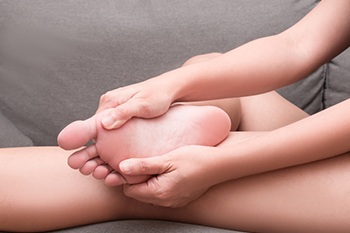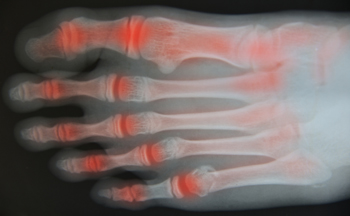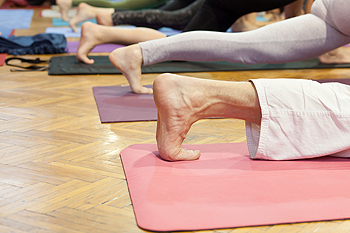A wart on the sole of your foot, also known as a plantar wart, is a benign, fleshy growth that is caused by the human papillomavirus (HPV). Plantar warts are often painless and can go away on their own, however, this is not always the case. Warts can cause pain or discomfort if they are in areas that bear a lot of weight, grow inward due to pressure, or rub against your shoes and socks. Without treatment, plantar warts can also take years to disappear. One potential treatment option is cryotherapy. This is a fairly simple procedure in which the doctor applies a liquid nitrogen solution on the wart, freezing it. A blister then forms around the wart within 24 hours and can be removed after about one week. Two cryotherapy sessions may be needed to fully remove the wart. For more information about this and other treatments for plantar warts, please consult with a podiatrist.
Plantar warts can be very uncomfortable. If you need your feet checked, contact one of our podiatrists from Illinois . Our doctors will assist you with all of your foot and ankle needs.
About Plantar Warts
Plantar warts are the result of HPV, or human papillomavirus, getting into open wounds on the feet. They are mostly found on the heels or balls of the feet.
While plantar warts are generally harmless, those experiencing excessive pain or those suffering from diabetes or a compromised immune system require immediate medical care. Plantar warts are easily diagnosed, usually through scraping off a bit of rough skin or by getting a biopsy.
Symptoms
- Lesions on the bottom of your feet, usually rough and grainy
- Hard or thick callused spots
- Wart seeds, which are small clotted blood vessels that look like little black spots
- Pain, discomfort, or tenderness of your feet when walking or standing
Treatment
- Freezing
- Electric tool removal
- Laser Treatment
- Topical Creams (prescription only)
- Over-the-counter medications
To help prevent developing plantar warts, avoid walking barefoot over abrasive surfaces that can cause cuts or wounds for HPV to get into. Avoiding direct contact with other warts, as well as not picking or rubbing existing warts, can help prevent the further spread of plantar warts. However, if you think you have developed plantar warts, speak to your podiatrist. He or she can diagnose the warts on your feet and recommend the appropriate treatment options.
If you have any questions please feel free to contact our offices located in Wheeling and Berwyn, IL . We offer the newest diagnostic and treatment technologies for all your foot and ankle needs.







